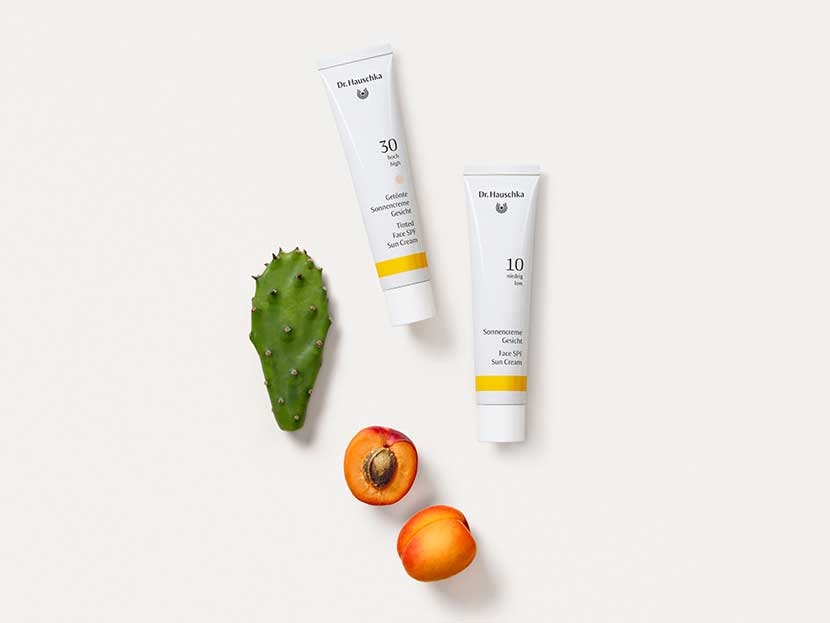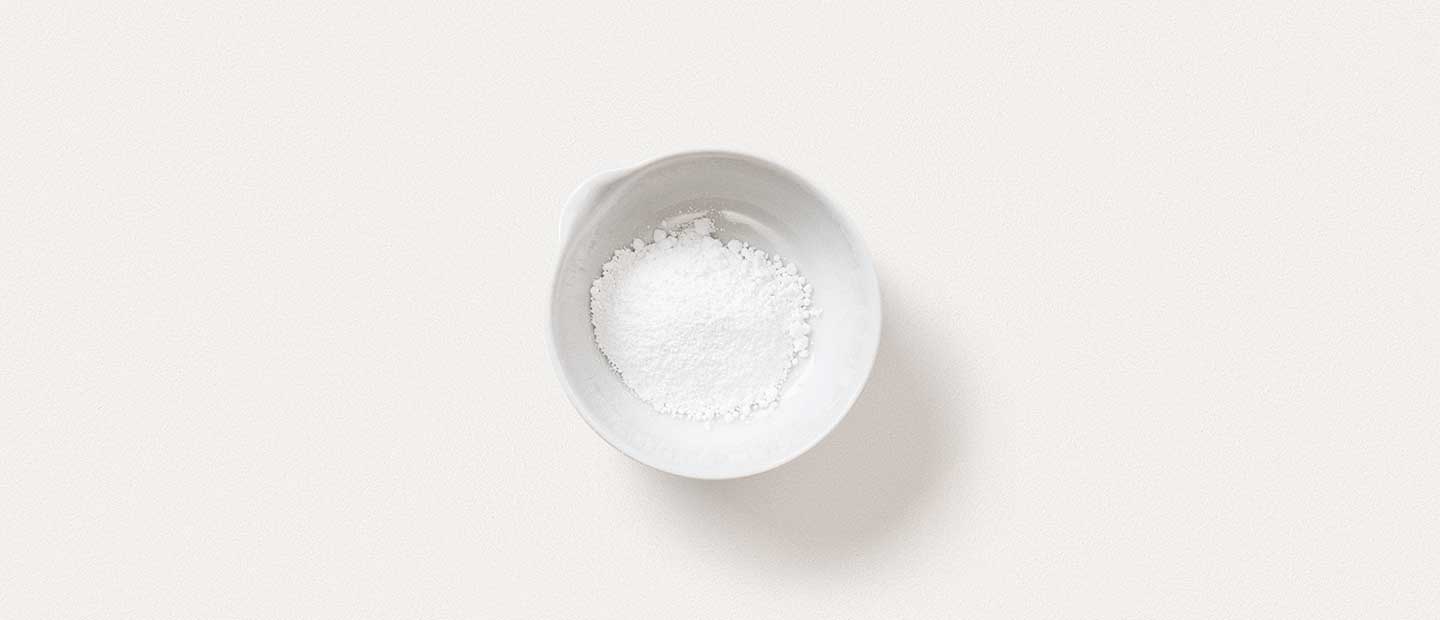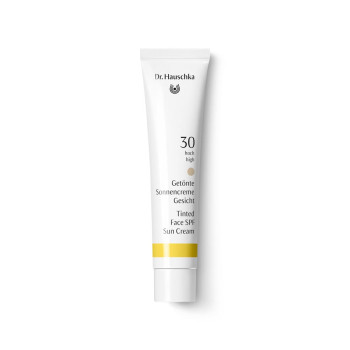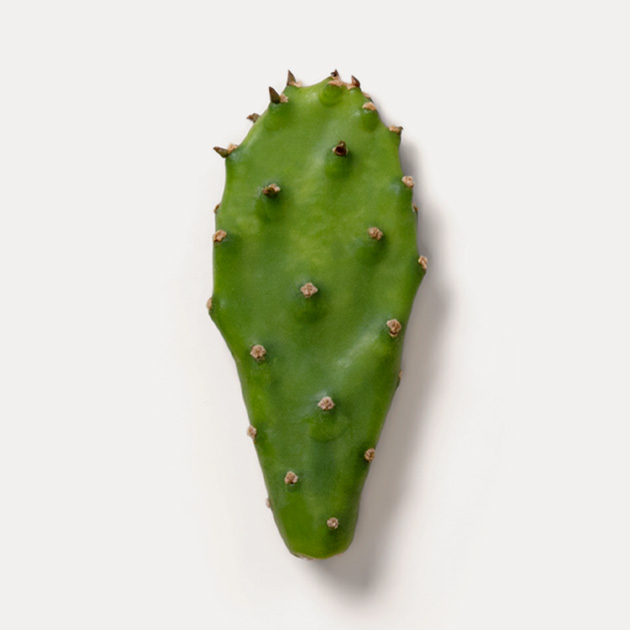Nanoparticles in sun cream
Small in size but big in impact.
Our sun creams contain not only nurturing plants, but also nano-sized mineral UV filters. How do they work and why do we use them? Leonie Goller, food chemist and a member of our Cosmetic Safety and Information team, provides the answers.
Leonie: A nanometre is one millionth of a millimetre. To visualise this, if the human body were the size of the Earth, a nanoparticle would be the size of an orange.
So, nanoparticles are tiny particles that measure between 1 and 100 nanometres in length. But what are they doing in my sun cream?
Leonie: To understand this, you first have to know what the nanoparticles are made of. In our sun products, we use only the mineral UV filters zinc oxide and titanium dioxide. These are the only natural UV filters that are listed in the EU Cosmetics Regulation, approved according to the NATRUE criteria for certified natural cosmetics, and that meet our own high quality standards. Both occur naturally in the minerals of the earth, are not hormone-active, are very well tolerated by the skin, and are effective as soon as the sun cream is applied. We use nano-sized particles of these in our sun creams.
What exactly is titanium dioxide and how does it work?
Titanium dioxide is insoluble in water and is formed when the natural mineral ilmenite is broken down and binds with oxygen. In sun creams, these nanoparticles sit on the skin and reflect UVA and UVB radiation like a mirror. By the way, this is also why we use two different mineral UV filters. For comprehensive sun protection, the skin must be protected from a broad spectrum of UV radiation. This not only helps prevent sunburn and skin ageing, but also protects against the deeper penetration of the sun’s radiation that can cause skin cancer, for example. Titanium dioxide and zinc oxide cover both.
If the nanoparticles are mineral UV filters, does that mean they are harmless for my skin?
Titanium dioxide and zinc oxide cannot penetrate the skin. The European Commission’s Scientific Committee on Consumer Safety has confirmed this is true even for sun-damaged skin and delicate children’s skin. The use of nanoparticles is even beneficial when it comes to the effectiveness of UV filters. The smaller the particles, the more effective the sun protection they provide the skin. A mineral sunscreen with nanoparticles is also easier to spread, thus reducing the “whitening” effect.
So, nanoparticles are completely harmless?
It is impossible to answer this question in general terms, as nanoparticles have many different properties. But one thing is certain: nanoparticles of titanium dioxide and zinc oxide are completely safe for use in cosmetic products such as sun cream.
What about chemical UV filters?
At present, 29 UV filters are approved for use in the EU. These include our two mineral filters, but also chemical UV filters such as octocrylene, oxybenzone and octinoxate. These are small molecules that penetrate the top layer of the skin and convert UV radiation into heat in a chemical reaction. However, many of these are suspected of altering hormone levels and causing skin irritation. What’s more, chemical UV filters pollute the environment. That is why Hawaii and Palau brought in a ban on sunscreens containing certain chemical UV filters in 2021.
Yet another reason to choose Dr. Hauschka Skin Care products, right?
For me, natural skin care is always the better choice, simply because of the natural ingredients, our expertise in dealing with the sun, and the social and ecological projects behind these sun creams. Besides, I think there is no better argument than the fact the UV filters we use do not penetrate the skin and thus pose no danger. The science really speaks for itself.







